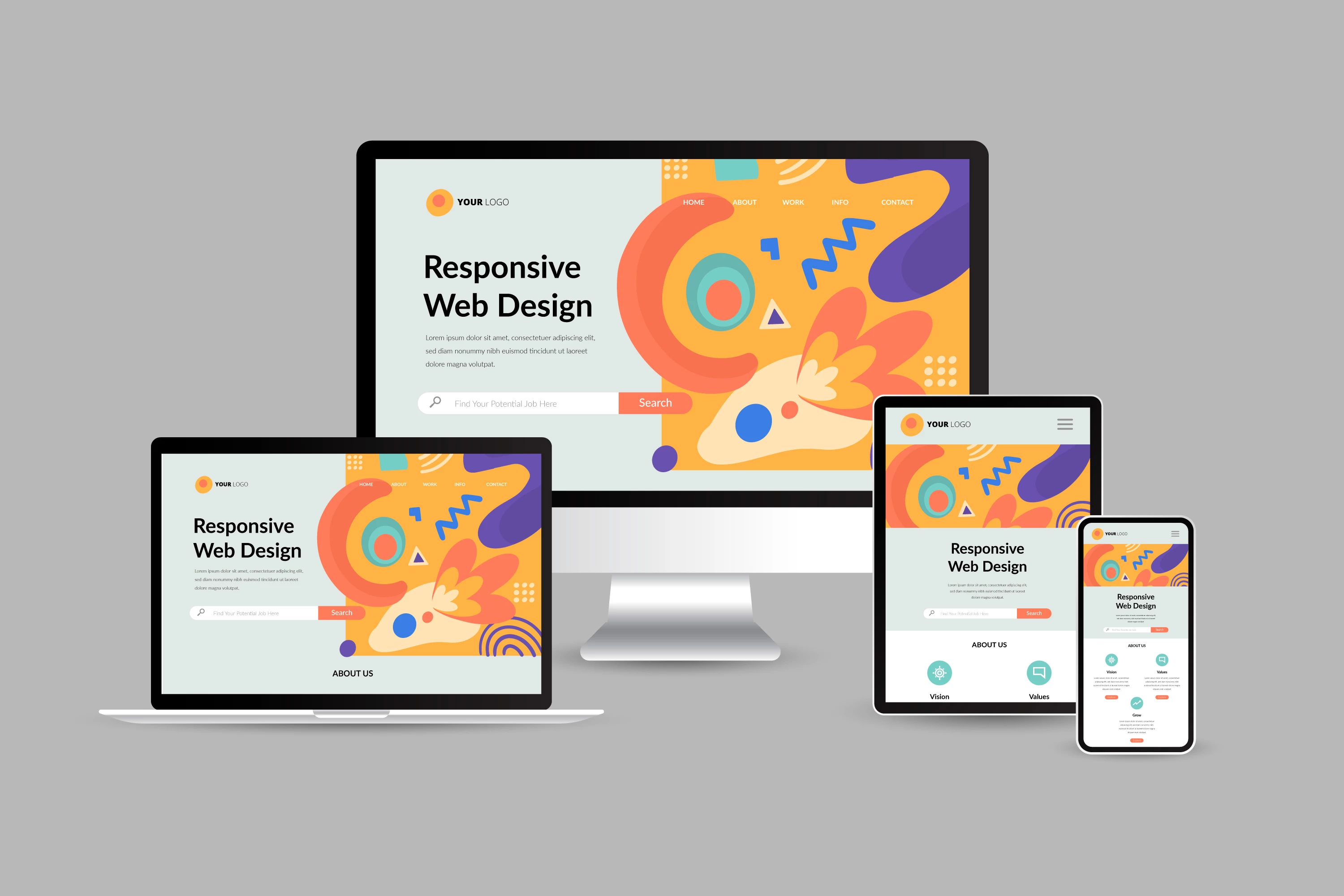Leading Tips for Creating an Impactful Web Site Layout That Converts
In today's digital landscape, the value of an impactful site design can not be overemphasized, specifically when it involves converting visitors right into consumers. To attain this, one must think about a selection of elements, consisting of recognizing the target audience, prioritizing user experience, and enhancing for mobile platforms. Additionally, the critical use of compelling call-to-actions and a well-defined aesthetic hierarchy plays a crucial duty in assisting individuals through their journey. As we explore these important elements, it becomes apparent that the success of your site depends upon more than simply aesthetic appeal; it needs a thoughtful method to design and functionality.

Understand Your Target Target Market
Understanding your target market is basic to efficient site design, as it lays the foundation for creating an interesting individual experience. Identifying that your customers are, including their demographics, choices, and habits, enables designers to customize the web site's material, design, and capability to meet certain demands.
Carrying out detailed market research study is critical in this procedure. Surveys, meetings, and analytics can offer important understandings right into customer expectations and discomfort factors. By compiling this information, developers can create user personas that represent various sectors of the audience, making sure that design decisions are notified and appropriate.
Furthermore, comprehending the target market aids in selecting proper layout elements such as color pattern, typography, and imagery that reverberate with customers. A website that speaks directly to its target market cultivates a feeling of connection and trust, encouraging longer sees and greater conversion prices.
Ultimately, a user-centered approach to website style not only improves individual satisfaction but also supports company goals by driving involvement and commitment. By focusing on the demands and preferences of the target audience, a web site can properly serve its purpose and accomplish preferred results.
Prioritize Customer Experience
To enhance the general efficiency of a website, prioritizing customer experience (UX) is crucial (Website Design). A properly designed UX ensures that visitors can browse the website effortlessly, discover information rapidly, and engage with content meaningfully. This brings about increased user fulfillment and greater conversion rates
Begin by carrying out instinctive navigating. Menus should be rationally structured, enabling customers to find essential areas of the website with very little effort. Uniformity in style aspects, such as color pattern and typefaces, promotes familiarity, which is crucial for keeping customer interaction.
Additionally, take into consideration the packing speed of your website. A hold-up of just a couple of seconds can lead to significant drop-offs, as customers are less most likely to wait on a slow-loading page. Simplifying pictures and optimizing code can improve performance and retain site visitors.
By prioritizing individual experience, you not only develop an extra delightful environment for site visitors however also enhance your brand's credibility. Inevitably, an emphasis on UX is a financial investment in the lasting success of your web site.
Optimize for Mobile Gadgets
Maximizing for mobile phones is important in today's digital landscape, where a raising number of individuals gain access to sites via mobile phones and tablet computers. A mobile-friendly design not just improves customer experience however likewise plays a considerable function in improving internet search engine rankings. To attain this, it is necessary to embrace a receptive design that immediately adjusts to numerous display dimensions and positionings.

Filling rate is one more important element; mobile users are typically much less individual and expect fast accessibility to info. By prioritizing mobile optimization, you ensure that your web site remains affordable and successfully engages a more comprehensive audience.
Use Engaging Call-to-Actions
An internet site's effectiveness frequently depends upon its capacity to direct site visitors towards desired activities, making compelling call-to-actions (CTAs) essential elements of design. CTAs function as the crucial points that route individuals to anchor engage with the site, whether that suggests purchasing, signing up for an e-newsletter, or downloading and basics install a resource.
To produce reliable CTAs, clarity is extremely important. Use concise language that plainly communicates the activity you want the user to take.
Moreover, the style of CTAs ought to stick out without being meddlesome. Utilize contrasting colors and clear typefaces to guarantee they catch attention. In addition, take into consideration utilizing directional hints, such as arrows or images, to lead individuals toward these switches. By concentrating on these elements, businesses can significantly boost individual interaction, driving conversions and eventually achieving their internet site's goals.
Focus on Visual Hierarchy
Efficient website style counts heavily on a well-structured aesthetic power structure that guides customers through web content perfectly. By arranging elements in a way that focuses on information, designers can boost user experience and assist in decision-making. This involves using size, color, comparison, and spacing purposefully to draw interest to one of the most crucial parts of a webpage.
The use of bigger fonts for headings and subheadings establishes a clear distinction in between various sections, allowing individuals to check material easily. Additionally, utilizing different shades for switches and calls-to-action can capture individual focus and urge dig this interaction. Whitespace is one more necessary part; it prevents mess and makes it possible for customers to concentrate on essential messages without diversions.
Photos and graphics should complement the text while likewise sticking to the well established power structure, reinforcing the overall message (Website Design). Consistency in design aspects, such as color design and typography, additional enhances the aesthetic power structure, making navigation instinctive

Verdict
In final thought, reliable web site layout requires an extensive understanding of the target market, prioritization of individual experience, and mobile optimization. The calculated usage of compelling call-to-actions and a well-defined visual hierarchy additionally improves individual engagement. By carrying out these principles, websites can achieve greater conversion rates, making sure that design elements not just draw in visitors but also promote seamless navigation and communication. Eventually, a well-executed website layout works as a vital component in driving customer actions and achieving service purposes.